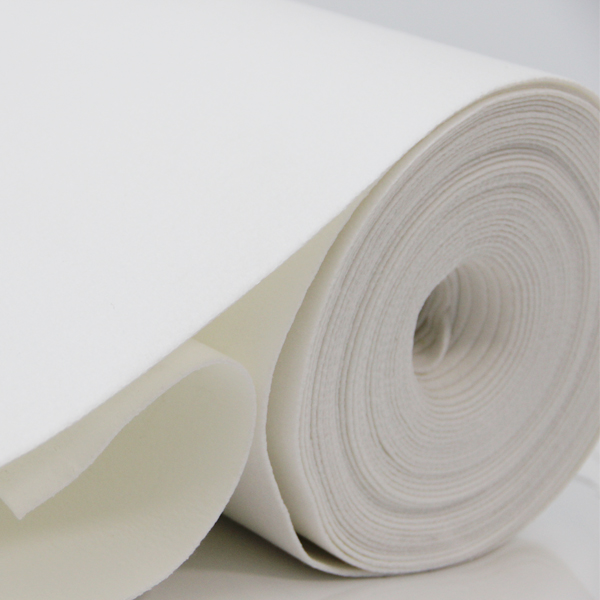In today’s world, where sustainability is becoming increasingly important, it’s essential to consider the environmental impact of our choices, even in the realm of fashion. The good news is that you don’t have to sacrifice style or quality when looking for environmentally friendly clothing options. With advancements in technology, we now have access to garments that are not only eco-conscious but also built to last. Enter the world of environmentally friendly fashion with abrasion resistance - where sustainability meets durability.
The Need for Sustainability in Fashion
The fashion industry has often been criticized for its negative environmental impact. From excessive water usage to chemical pollution, the fast fashion model takes a toll on our planet. But as consumers become more aware, demand for sustainable alternatives is on the rise. Environmentally friendly fashion aims to address these issues by prioritizing eco-conscious production practices, reducing waste, and embracing longevity.
Introducing Abrasion Resistance
Abrasion resistance refers to a fabric’s ability to withstand wear and tear, reducing the chances of it wearing out quickly. By employing durable materials in the production process, environmentally friendly fashion brands can create garments that stand the test of time. This means fewer replacements, less waste, and a reduced carbon footprint.
High-Quality Materials for Long-lasting Fashion
To achieve abrasion resistance, environmentally friendly fashion brands often employ materials that are known for their durability. Natural fibers, such as organic cotton and linen, offer not only comfort but also exceptional strength. They can withstand frequent washing and everyday practical use without losing their shape or integrity.
Furthermore, innovative synthetic materials like recycled polyester or nylon are being utilized, diverting plastic waste from landfills and oceans. By repurposing these materials, fashion brands contribute to a circular economy, where products are recycled and reintegrated into the production cycle.
Benefits of Environmentally Friendly, Abrasion-Resistant Fashion
Sustainability: Choosing environmentally friendly fashion means reducing your carbon footprint and contributing to a more sustainable future for our planet.
Longevity: By investing in high-quality, abrasion-resistant garments, you ensure that they will last longer and remain in your wardrobe for years to come.
Versatility: These durable pieces can be styled in a multitude of ways, allowing for greater versatility and reducing the need for constant fashion purchases.
Affordability: While environmentally friendly fashion may initially seem more expensive, the long lifespan of these garments makes them a cost-effective choice in the long run.
Ethical Choices: Many environmentally friendly fashion brands also prioritize fair labor practices, ensuring that the people involved in production are treated fairly and paid a living wage.
Embracing the Future of Fashion
As consumers, it’s important for us to make conscious choices when it comes to fashion purchases. By opting for environmentally friendly, abrasion-resistant garments, we can support brands that value sustainability and durability. Not only will this positively impact our planet, but it will also contribute to a more ethical and long-lasting fashion industry.
So, let’s step into a more sustainable future, where style and durability go hand in hand. Together, we can make a difference, one environmentally friendly fashion choice at a time.



